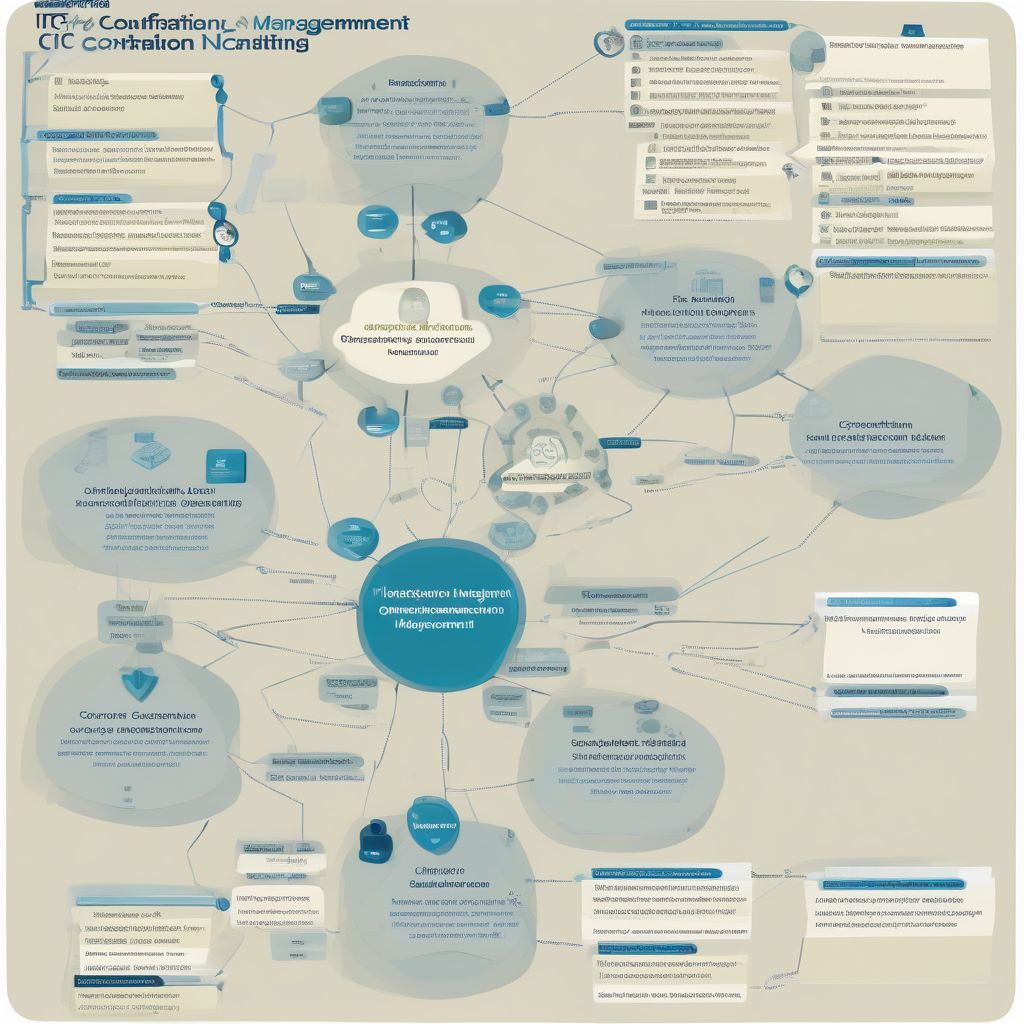In today’s technology-driven business landscape, efficient IT infrastructure is no longer a luxury—it’s a necessity. As businesses grow and their reliance on technology increases, managing the intricate web of IT components can become overwhelming. This is where It Configuration Management (ITCM) steps in as a critical process for organizations of all sizes.
Understanding It Configuration Management
IT Configuration Management is a systematic approach to managing and controlling all the elements that constitute an IT infrastructure. These elements, known as Configuration Items (CIs), can include hardware (servers, laptops, network devices), software (applications, operating systems, databases), and even documentation and user accounts.
But why is ITCM so important?
Imagine your IT infrastructure as a complex machine with countless interconnected parts. Now, imagine trying to keep that machine running smoothly without a clear understanding of its components or how they interact. Chaos, downtime, and security vulnerabilities would be inevitable. That’s the scenario ITCM aims to prevent.
The Benefits of Implementing ITCM
Effective ITCM offers a multitude of benefits, making it an indispensable practice for businesses seeking operational excellence and a robust IT backbone:
- Improved IT Stability and Reliability: By meticulously tracking and managing CIs, ITCM minimizes unexpected outages and ensures consistent IT performance.
- Enhanced Security Posture: ITCM plays a crucial role in identifying and mitigating security risks by maintaining an accurate inventory of devices and software, facilitating timely patching and updates.
- Reduced Downtime and Faster Incident Resolution: When issues arise, ITCM provides a clear picture of the IT environment, enabling IT teams to quickly diagnose problems and implement effective solutions.
- Optimized IT Costs: By standardizing configurations and automating tasks, ITCM streamlines IT operations, freeing up valuable resources and reducing operational expenses.
- Increased Agility and Scalability: ITCM empowers businesses to adapt to evolving demands by simplifying the process of deploying new technologies and scaling existing infrastructure.
Common It Configuration Management Challenges and Solutions
Implementing ITCM, while highly beneficial, comes with its own set of challenges. However, with a strategic approach, these challenges can be effectively addressed:
Challenge: Maintaining an Accurate and Up-to-Date CI Inventory
Solution: Implement automated discovery tools to continuously scan and update the CI inventory, ensuring it reflects the current state of the IT environment.
Challenge: Ensuring Configuration Consistency Across the IT Infrastructure
Solution: Utilize configuration management tools with templating and automation capabilities to enforce standardized configurations and reduce manual errors.
Challenge: Managing Configuration Changes Effectively
Solution: Implement a robust change management process that includes documentation, approval workflows, and testing procedures to ensure changes are implemented smoothly and without disrupting IT operations.
chuyentiennhanh.org/wp-content/uploads/2024/08/it-configuration-management-66b6e5.jpg" alt="Visual representation of IT configuration management" width="1024" height="1024">Visual representation of IT configuration management
Key Takeaways: Embracing ITCM for Business Success
In today’s technology-driven business environment, IT Configuration Management is not just an option—it’s a strategic imperative. By adopting a structured approach to managing and controlling IT infrastructure, businesses can unlock a multitude of benefits, including enhanced stability, improved security, reduced costs, and increased agility.
While implementing ITCM may present some initial challenges, the long-term rewards far outweigh the effort. By leveraging the right tools, processes, and best practices, organizations can streamline their IT operations, empower their IT teams, and gain a significant competitive advantage in today’s dynamic marketplace. To delve deeper into optimizing your business operations, explore resources on our website related to business management, operational efficiency, and financial strategies.
